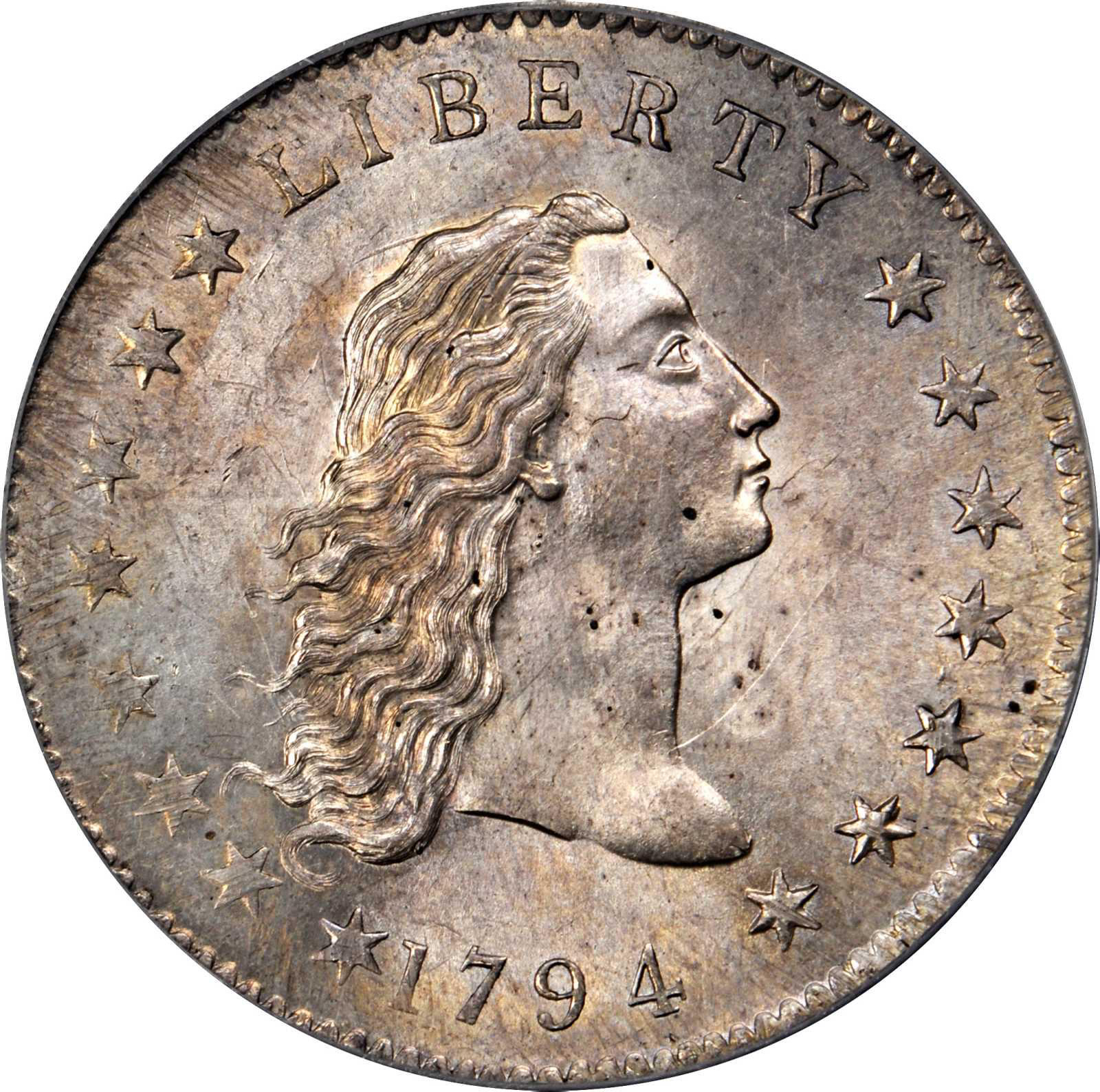

" The Continental Dollar: Initial Design, Ideal Performance, and the Credibility of Congressional Commitment,". "The Journal of Banking from July 1841 to July 1842: Containing essays on various questions relating to banking and currency,". " The Importance of the Lydian Stater as the World's First Coin."

" The Shekel: A Modern-Day Coin With 5,000 Years of History." " The First Coins Struck in The Original Thirteen Colonies: Massachusetts (‘NE’) Silver of 1652."Ĭoin World. " Massachusetts Issues the First Paper Money in the Western World To Pay for King William’s War."ĬoinWeek. This is the system Canada plans to implement later this year.New England Historical Society. military bases overseas abolished the penny and began rounding all transactions up or down to the nearest five cents. Nicknamed “steelies,” these coins caused confusion because they closely resembled dimes they also rusted and deteriorated quickly.ġ0. Mint decided to cast the 1943 penny in zinc-coated steel. As copper supplies became vital to weapons manufacturing during World War II, the U.S. Born Viktoras Barnauskas, Brenner had fled his native land after being persecuted for his Jewish ancestry.ĩ. The image of Abraham Lincoln on today’s American pennies was designed by Victor David Brenner, an acclaimed medalist who emigrated to the United States from Lithuania in 1890. Fifty years later the Lincoln Memorial was added to the penny’s reverse, complete with a tiny representation of the statue within.Ĩ. At the time, it was the first American coin to feature the likeness of an actual person (as opposed to the personifications of “liberty” appearing on earlier designs). In 1909, Teddy Roosevelt introduced the Lincoln cent to commemorate the 100-year anniversary of the 16th U.S. Still, today’s pennies cost more than their face value-an estimated 1.8 cents each-to produce.ħ. The expensive metal makes up just 2.5 percent of one-cent pieces minted in 1982 or later nickels, dimes and quarters, on the other hand, are mainly composed of copper. pennies has declined over the years due to rising prices. Visitors to the founding father’s grave in Philadelphia traditionally leave one-cent pieces there for good luck.Ħ. penny’s design, the phrase “a penny saved is a penny earned” has been attributed to Benjamin Franklin. Known as the Fugio cent, it bears the image of a sun and sundial above the message “Mind Your Business.” A chain with 13 links, each representing one of the original colonies, encircles the motto “We Are One” on the reverse.ĥ. Benjamin Franklin reportedly designed the first American penny in 1787. Mint struck its first one-cent coins-then the size of today’s half-dollars and 100-percent copper-in 1793, Americans continued to use the British term out of habit.Ĥ. The official term for the American penny is “one-cent piece.” However, when the U.S. Today’s British pennies (called “pence” when referring to a quantity of money) are worth one hundredth of a pound and minted in copper-plated steel.ģ. Offa, an Anglo-Saxon king, introduced the first English coin known as the penny around 790 A.D. The word “penny” and its variations across Europe-including the German “pfennig” and the Swedish “penning”-originally denoted any sort of coin or money, not just a small denomination.Ģ.


 0 kommentar(er)
0 kommentar(er)
